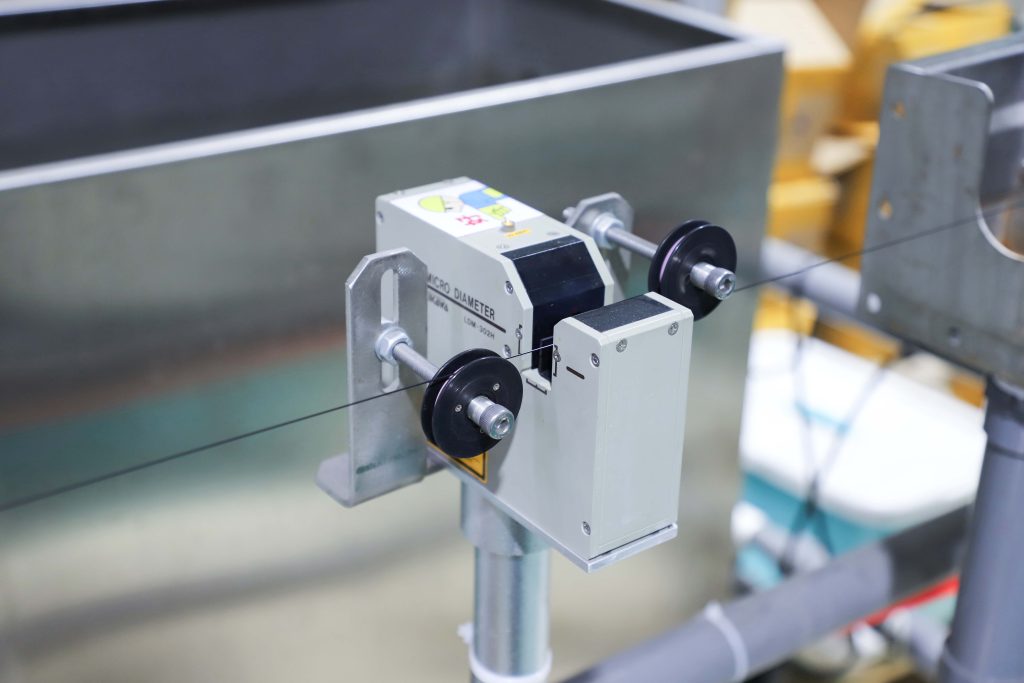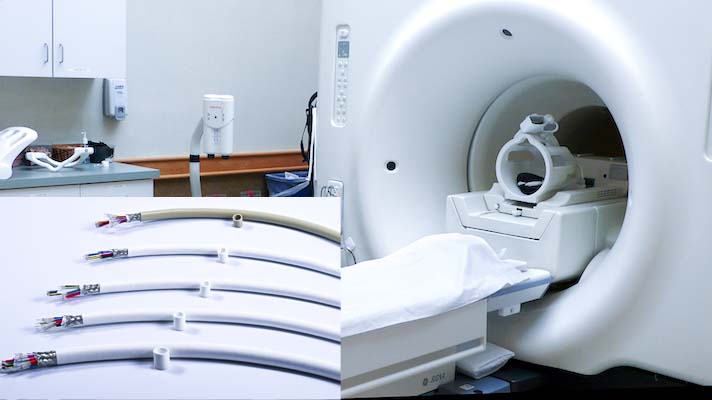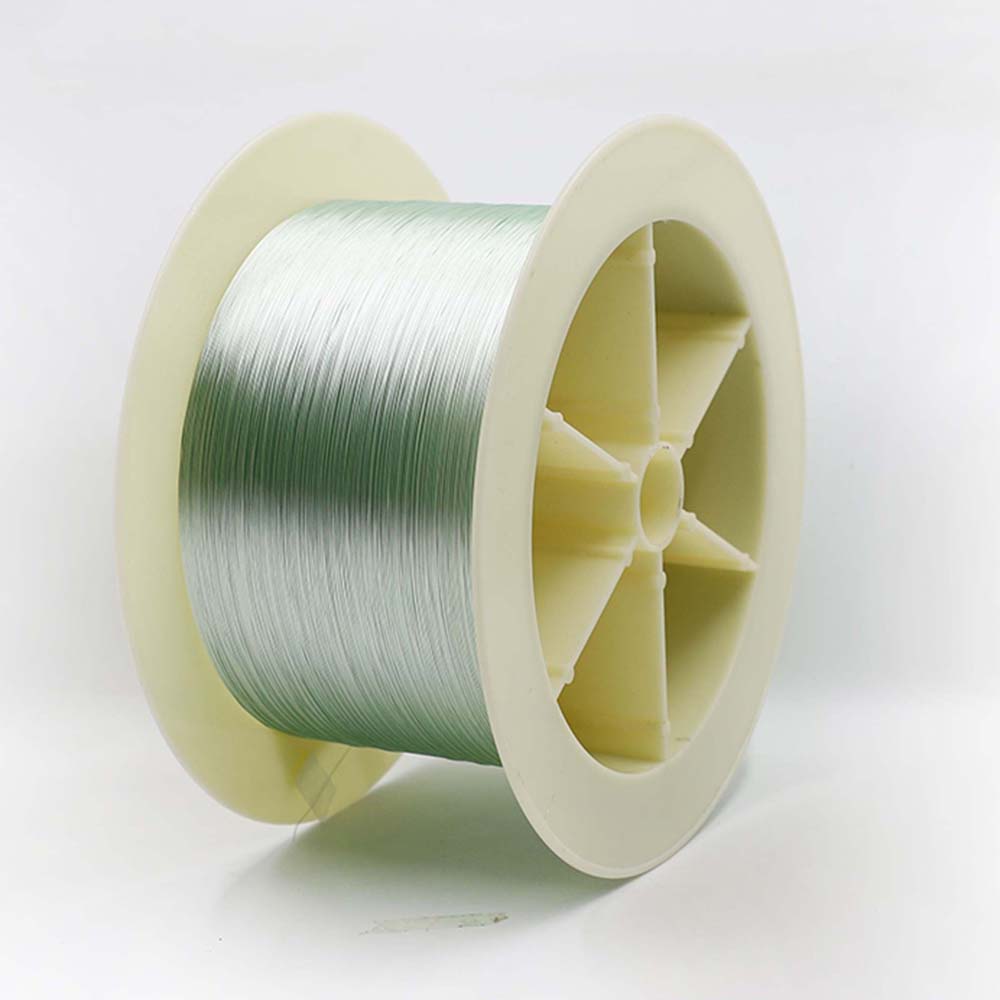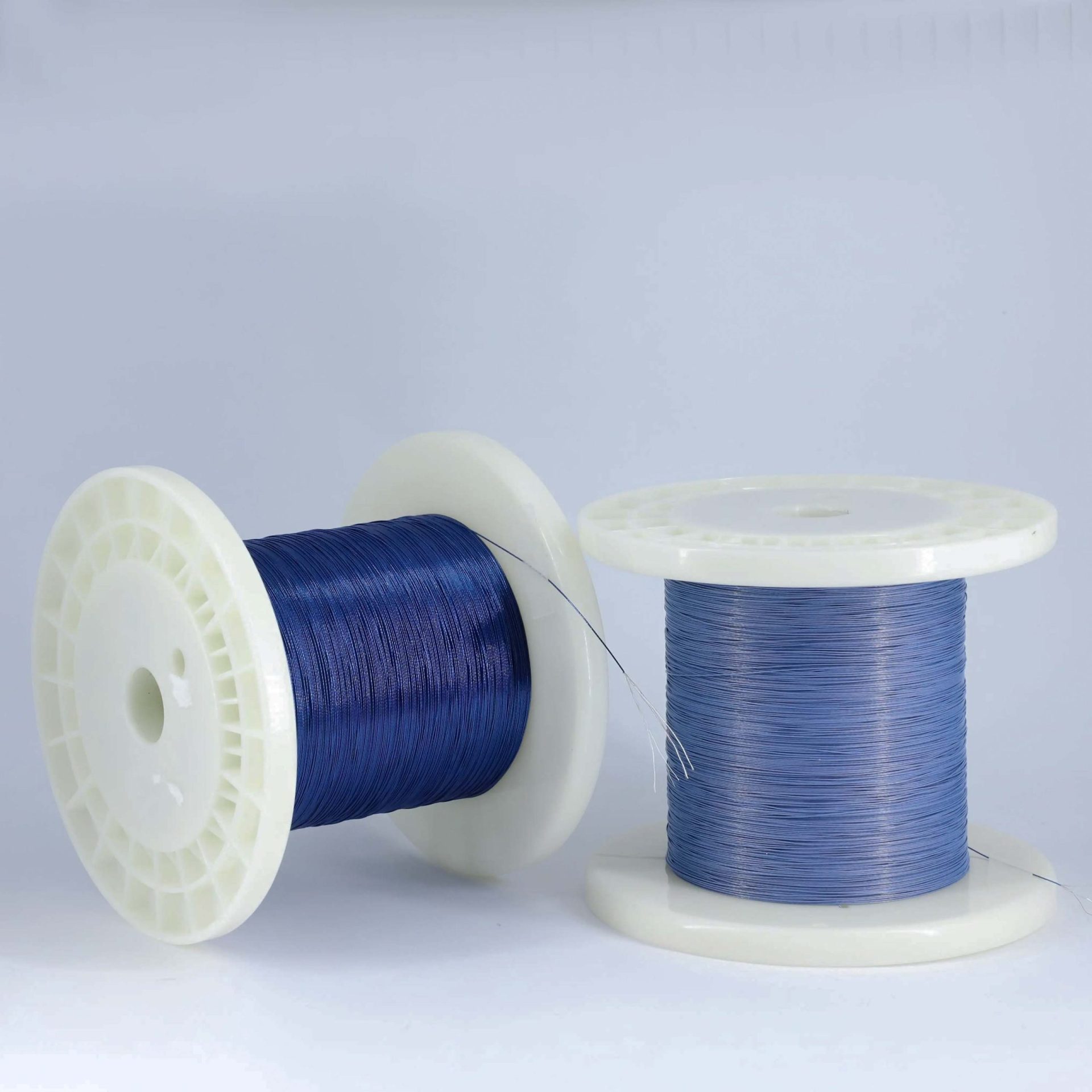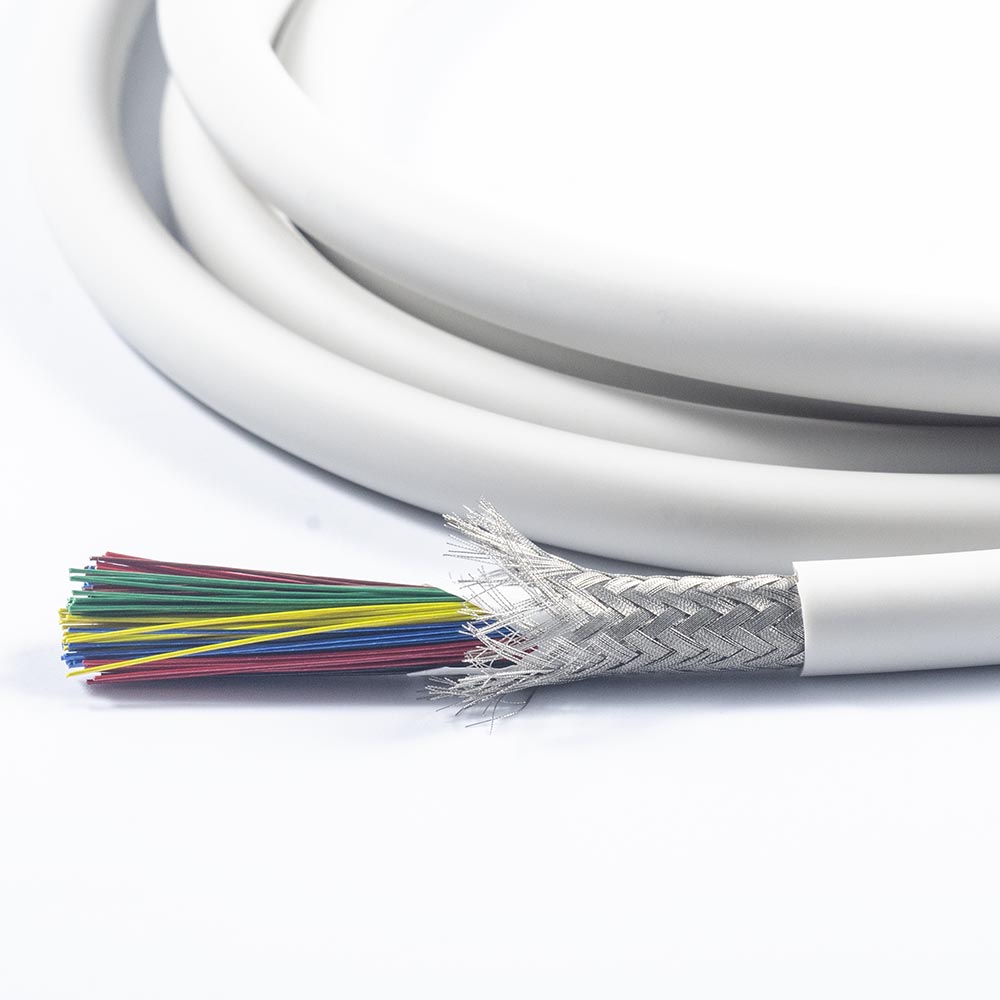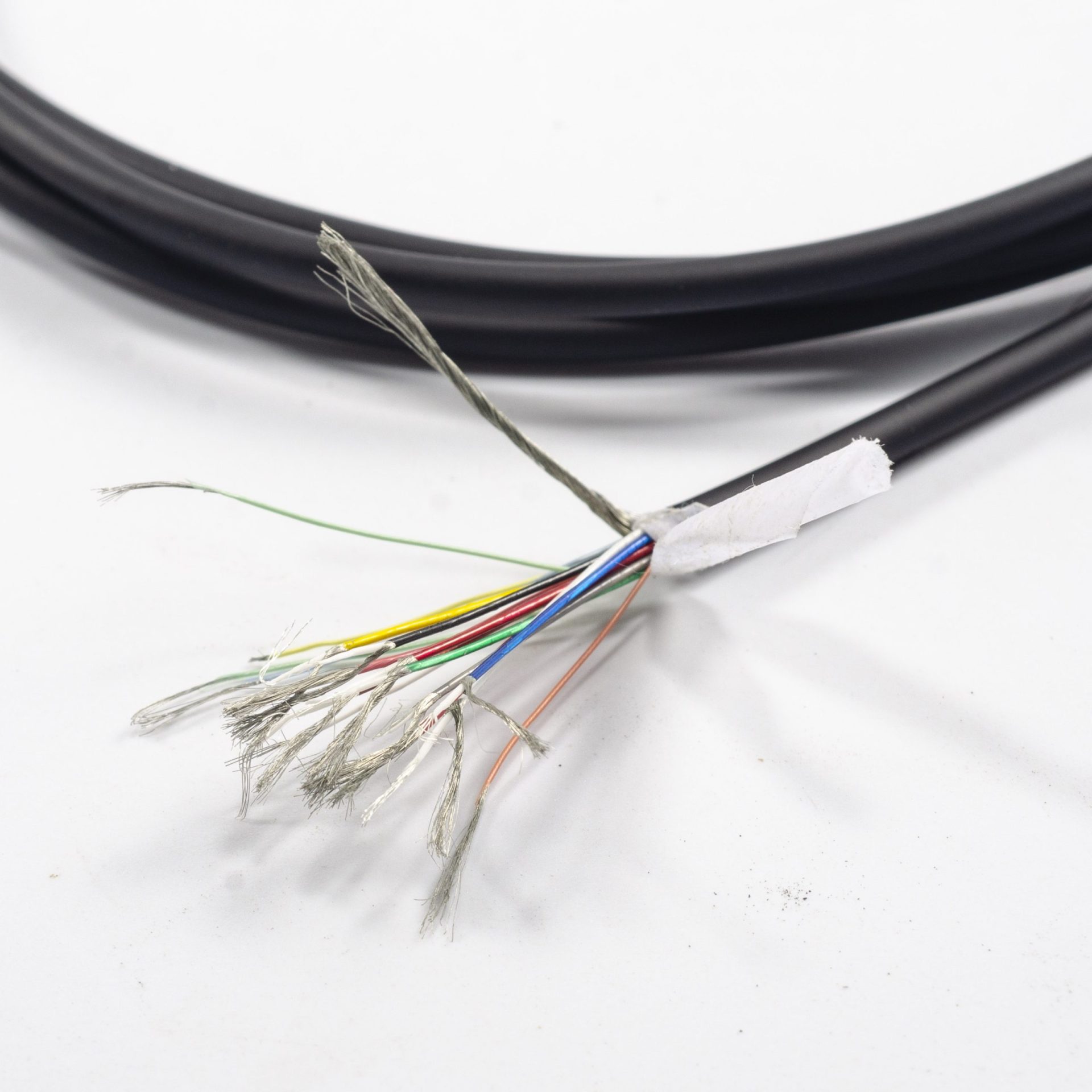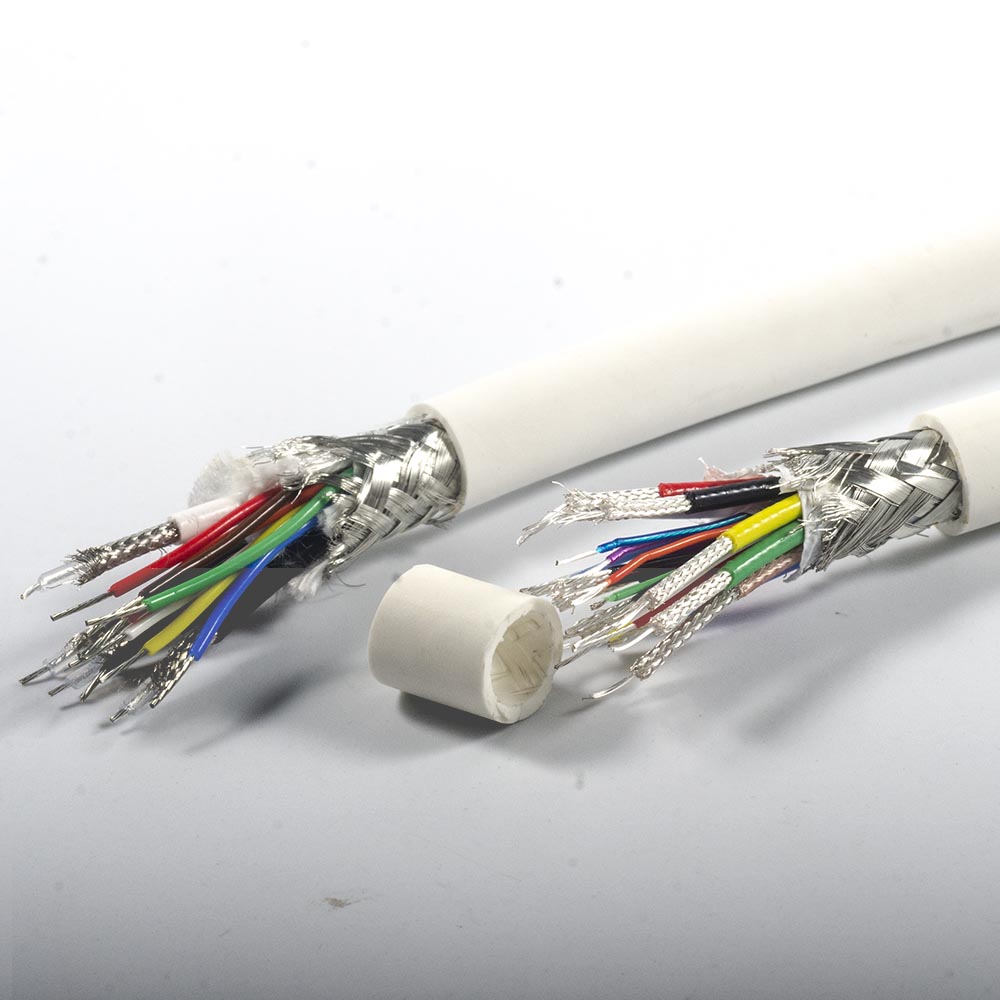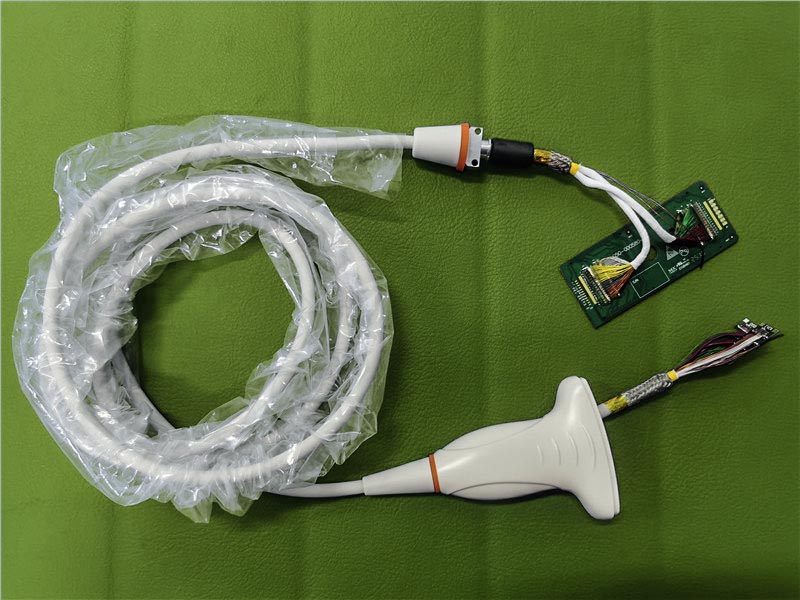Email Us
Call Us
+(86) 13076847815
we are open
8:00 – 6:00
location
shajing, Shenzhen, China
Field we are Serving
Efficient And Reliable Contract manufacturer and Assembler
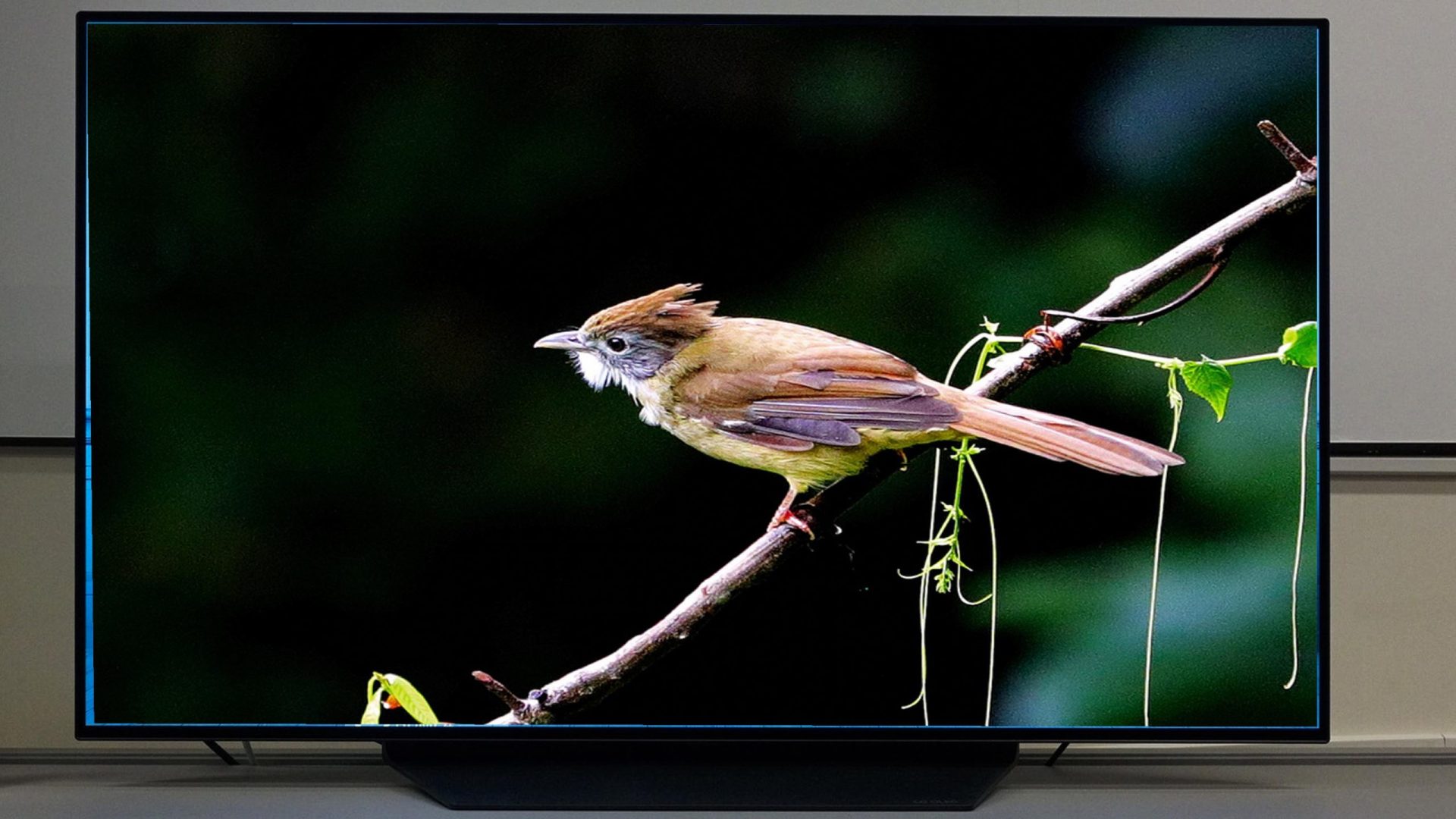
Mobile digital Equipement
40AWG-34AWG micro rf coaxial appliced in the form of round or Flat Ribbon

CCTV surveillance system
44AWG-42AWG micro coaxial cable used in CCTV surveillance system

drone technology
44AWG-48AWG ultra thin coaxial appliced in drone technology
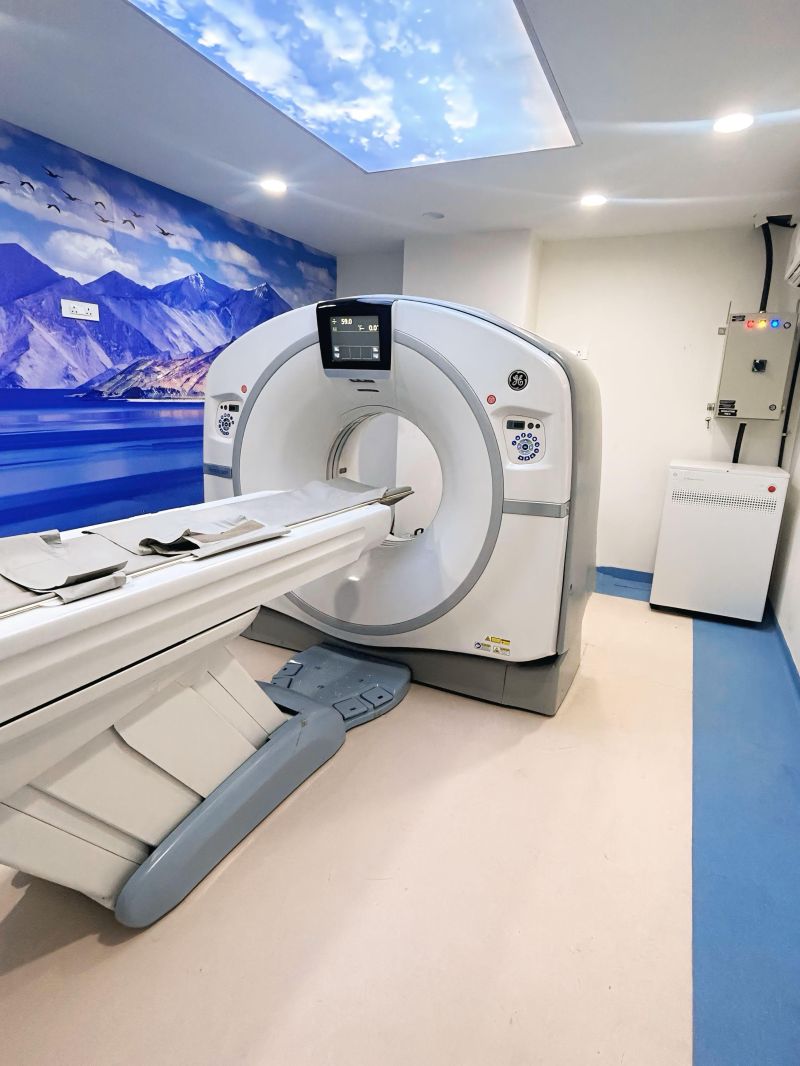
Medical equipment
36AWG-26AWG Non Magnetic rf coaxial used in MRi coil
36AW-46AWG in Ultrsound Probe and Endoscope imaging devices

VR Link Cable
Extreme flexible and thin VR cable-vr oculus quest 3.Cable diameter be small minimum to 2.5mm ,Assembely and Overmolding service available
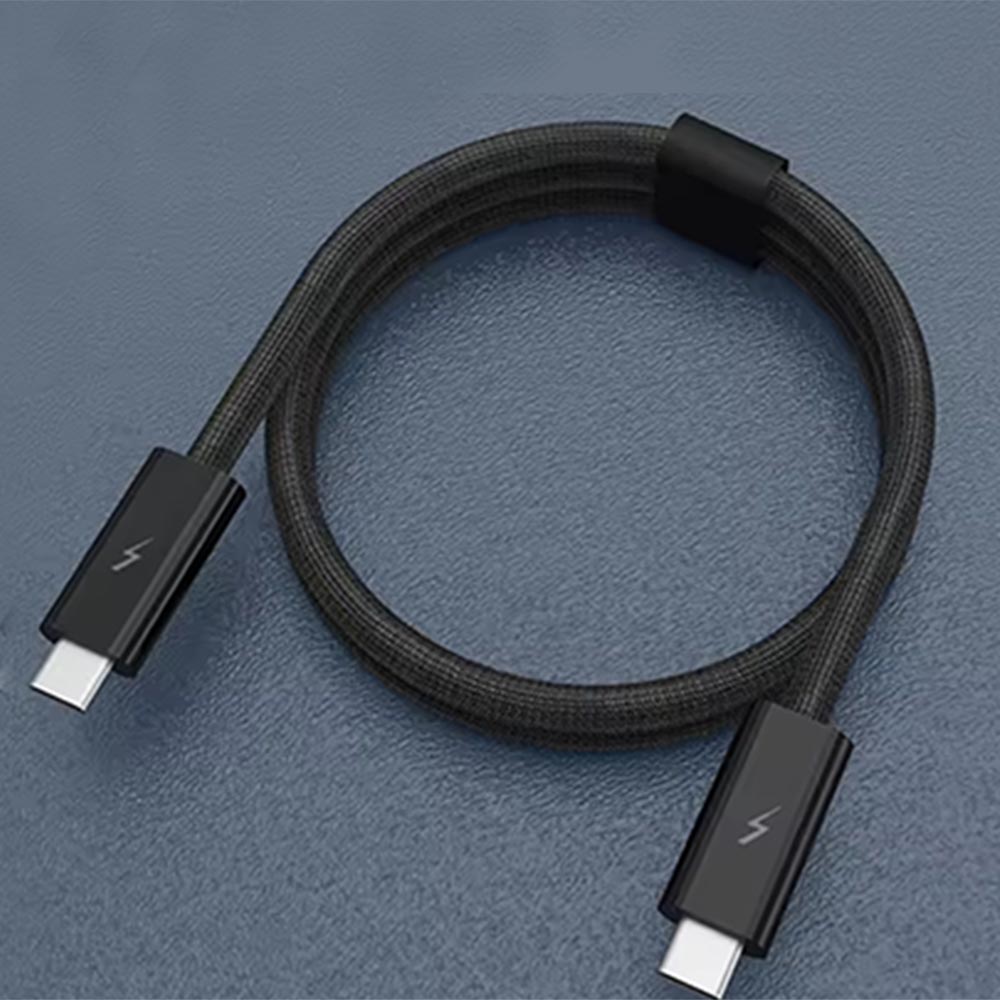
High Speed IF cable
Multicore rf coaxial used in high speed USB 4.0 TBT4.0 Cable.
Assembely and Overmolding service available
our process
We Offer A Total solution
We are Young and Proffesional.Cable Extrudig Industry is a tradtional field.Without absolutely technical advantages and expertise,no capital will make investment.
we Make OEM and ODM service for domestic and overseas brands.We also provide Sourcing and high end cable Testing service

Design a Multicore coax
example:30 wire ICE cable with 22C×46AWG+28CX40AWG
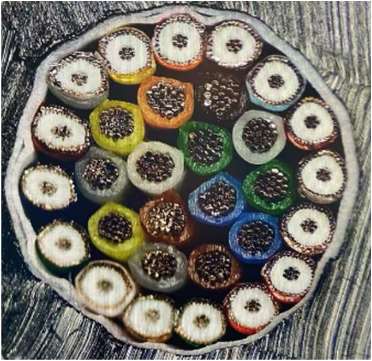
Make the design come true
High concentricity;
reasonable Core Wire Arrangement;
perfect Uniformity of the Insulating Layer:
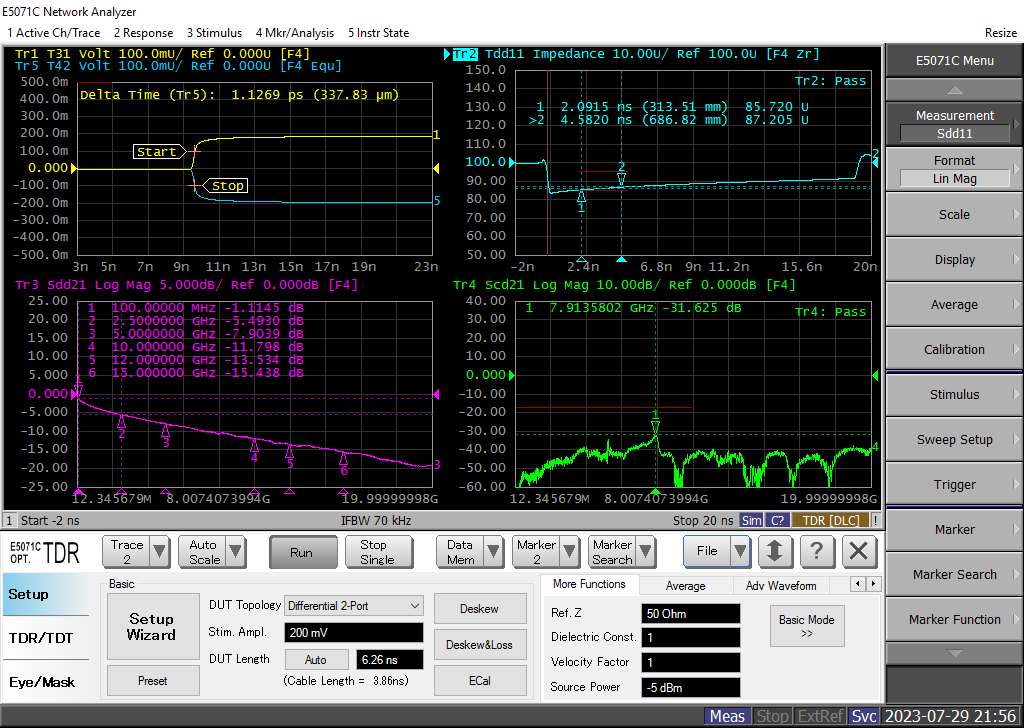
TDR Tesing
Low VSWR;
Low Skew
Low Attenuation(dB/1M)
Trusted By Over 200+ Clients
Worldwide Since 2022
562
Projects done
20+
years of experience
testimonials
What Our Clients
Say About Us.
Grow up with us from a 1000㎡ Factory into 3500㎡ in 3 years

Alexa Curcuy
-Resonancia Magnética y Tomografía Computada

Daniel Cruz
Washington, MD

Guillermo J. Gómez
Miami, FL


